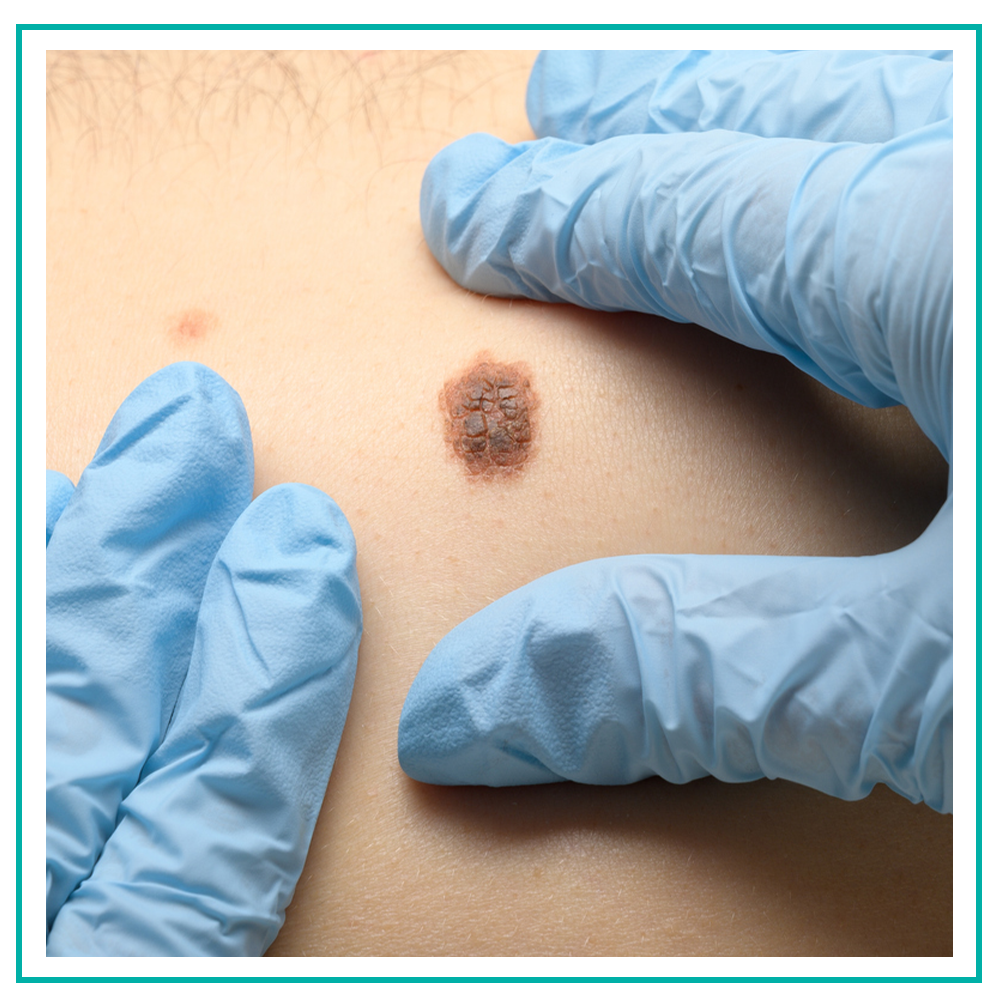About Malignant Melanoma
Malignant melanoma is one of the most serious form of skin cancer affecting the cells that produce dark protective pigment called melanin.
What does melanoma look like?
Melanoma lesions may appear as a dark brown, black or multi-colored growth with irregular borders. They can become crusted or bleed in the later stages, but early diagnosis (before they are symptomatic) is very important.
The ABCs of melanoma include:
A – Asymmetry: One half does not match the other half
B – Border irregularity: The edges are notched or ragged
C – Color: Varied shades of tan, black and brown
D – Diameter: Greater than 6 millimeters
E – Evolving: Significant change in size, shape, or shade of color
Melanoma can affect anyone at any age and can occur anywhere on the body. However, people with fair skin, light hair and eye color, or a family/personal history of melanoma have an increased risk of developing melanoma. People with dark complexions tend to develop melanoma on the palms of the hands, soles of the feet, under the nails, and in the mouth.
The tumors can arise in or near an existing mole or may appear without warning. Melanoma may spread to other organs.
Your doctor/PA will biopsy any lesions that are suspicious for melanoma and send to a lab for examination by a dermatopathologist. If the skin sample is positive for melanoma, your dermatologist will discuss the treatments with you. Many early (thin) melanomas can be treated with a surgical procedure in our office. However, referral to a surgical oncologist, medical oncologist, and/or radiation oncologist may be necessary for treatment of more advanced cases of melanoma.
The treatment recommended for you is based on:
- The depth of the tumor (also known as the Brewslow depth)
- The location of the tumor
- The aggressiveness of the tumor
- How much the tumor has spread
- Your overall health


